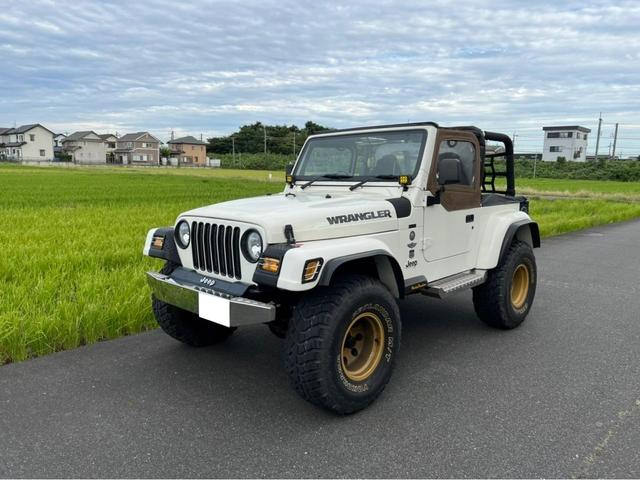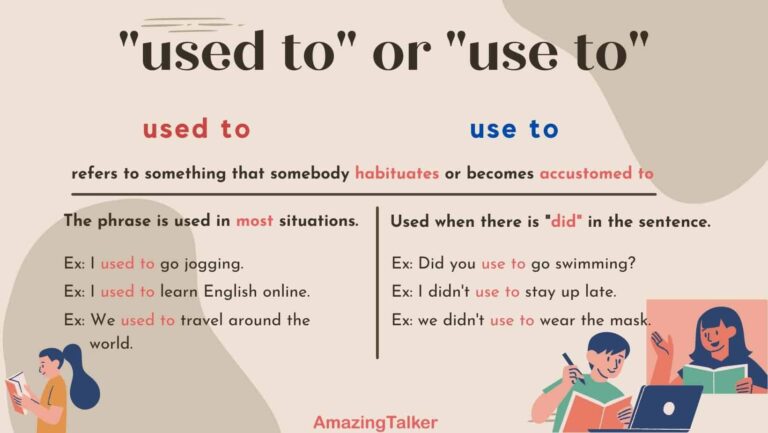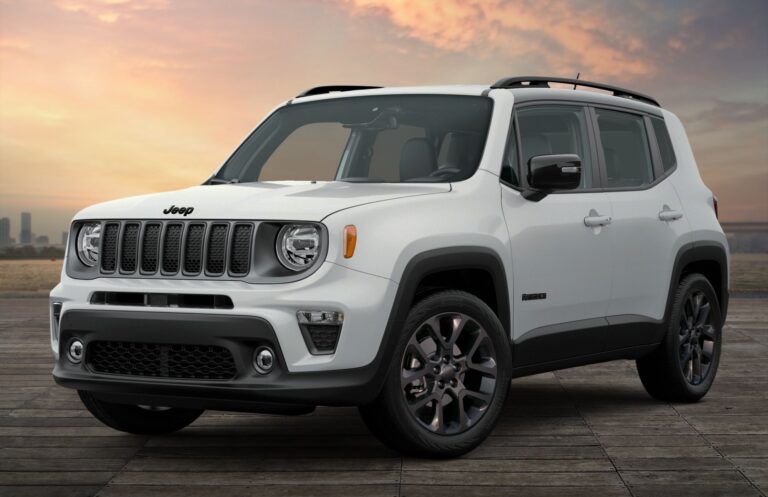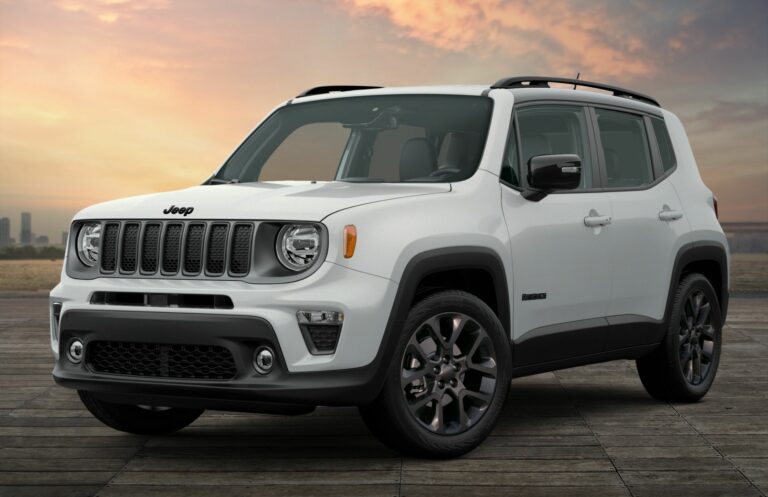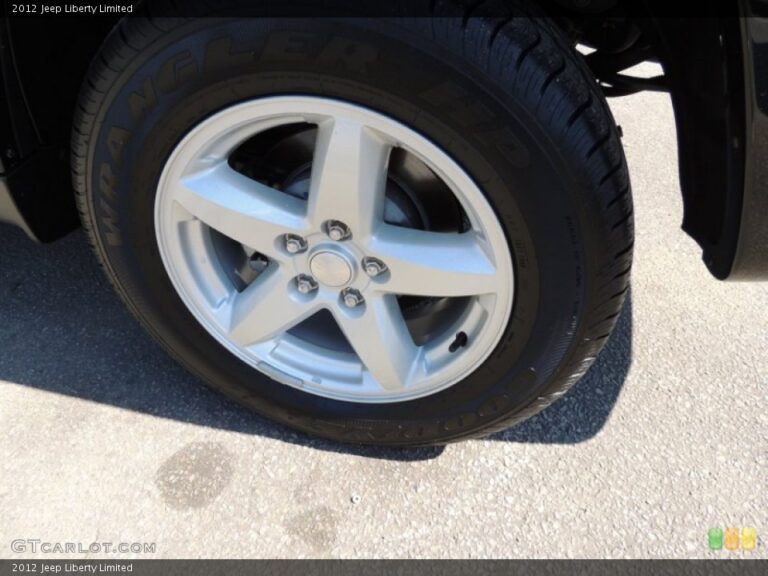97 Jeep Wrangler For Sale: Your Comprehensive Guide to Owning a Timeless Off-Road Icon
97 Jeep Wrangler For Sale: Your Comprehensive Guide to Owning a Timeless Off-Road Icon jeeps.truckstrend.com
The allure of a Jeep Wrangler is undeniable, a symbol of freedom, adventure, and rugged capability. Among its storied lineage, the 1997 Jeep Wrangler, affectionately known as the TJ, holds a particularly special place. It marked a significant evolution for the brand, blending the classic, unyielding spirit of its predecessors with crucial modern refinements. If you’re searching for a "97 Jeep Wrangler For Sale," you’re not just looking for a used vehicle; you’re seeking an experience, a canvas for customization, and a ticket to open-air motoring adventures. This comprehensive guide will delve into everything you need to know about finding, evaluating, and owning this iconic off-road machine.
Why the ’97 TJ Stands Out – A Legend Reborn
97 Jeep Wrangler For Sale: Your Comprehensive Guide to Owning a Timeless Off-Road Icon
The 1997 model year was a pivotal moment for the Jeep Wrangler. It was the inaugural year of the TJ generation, replacing the YJ (which featured square headlights and leaf spring suspension) with a design that harked back to the CJ series’ beloved round headlights while introducing a revolutionary coil-spring suspension system. This change drastically improved the Wrangler’s on-road ride quality and off-road articulation, making it a more comfortable daily driver without sacrificing its legendary trail prowess.
Key Features and Desirability:
- Coil Spring Suspension: The biggest game-changer. It provided a smoother, more controlled ride on pavement and significantly enhanced off-road performance by allowing greater wheel travel and articulation.
- Return to Round Headlights: A nod to the classic CJ Jeeps, this aesthetic choice was widely celebrated by purists and new fans alike.
- Engine Options: Available with the venerable 4.0L AMC inline-six engine, known for its bulletproof reliability and ample low-end torque, or the more fuel-efficient 2.5L four-cylinder.
- Removable Doors and Fold-Down Windshield: The quintessential Jeep experience, allowing for ultimate open-air freedom.
- Solid Axles: Maintaining the robust Dana 30 front and Dana 35 or 44 rear solid axles, ensuring durability and ease of modification for serious off-roading.
- Strong Aftermarket Support: Due to its popularity and long production run (1997-2006), the TJ boasts one of the most extensive aftermarket parts catalogs of any vehicle, making customization limitless.

For many, the ’97 TJ strikes the perfect balance: it has the classic, raw Jeep feel, but with enough modern amenities to be genuinely usable in contemporary traffic. It’s rugged, repairable, and ready for anything.
What to Look For When Buying a ’97 Jeep Wrangler (Important Considerations)
Purchasing a 27-year-old vehicle requires a discerning eye. While the ’97 TJ is renowned for its durability, age and previous ownership can take their toll. Here’s a detailed checklist of what to scrutinize:

- Rust (The #1 Enemy): This is paramount. Check every inch of the frame, especially around the control arm mounts, skid plate mounts, and the rear crossmember. Look at the body mounts, rocker panels, floorboards (under the carpet), and wheel wells. Surface rust is often manageable, but extensive frame rot can be a deal-breaker or require costly repairs.
- Engine Condition:
- 4.0L Inline-6: Listen for ticking (often lifters, not always serious), knocking (more serious), and excessive smoke from the exhaust. Check for oil leaks (rear main seal is common but not always easy to fix, valve cover gasket is simpler). Ensure it starts easily and idles smoothly.
- 2.5L Four-Cylinder: Similar checks apply. It’s less powerful but equally reliable if maintained.
- Check coolant for signs of oil, and oil for signs of coolant.
- Transmission and Drivetrain:
- Manual (AX-15/NV3550): Test all gears, including reverse. Look for grinding, difficulty shifting, or popping out of gear.
- Automatic (32RH/42RLE): Check fluid color (should be red, not brown or black) and smell (shouldn’t smell burnt). Test shifting through all gears.
- Transfer Case (NP231): Engage 4-high and 4-low. Ensure it shifts smoothly and the front axle engages. Listen for unusual noises.
- Check for excessive play in the driveshafts, U-joints, and differential.
- Suspension and Steering:
- Look for worn bushings, bent control arms, or leaking shocks.
- If lifted, assess the quality of the lift kit installation. Poorly installed lifts can cause steering issues, premature wear, and unsafe handling.
- Check for play in the steering wheel – it could indicate worn tie rod ends, ball joints, or a steering box issue.
- Brakes: Test for pulsation (warped rotors), pulling to one side, or a spongy pedal. Check pad and rotor thickness.
- Interior and Electrical:
- Inspect the condition of seats, carpet, and dashboard. Look for water damage under the carpet.
- Test all lights (interior and exterior), gauges, wipers, horn, and HVAC system.
- Check for any aftermarket wiring jobs, which can sometimes be poorly done and lead to future electrical gremlins.
- Soft Top/Hard Top Condition:
- Soft Top: Check for rips, tears, clear window clarity, and zipper functionality. Replacements can be costly.
- Hard Top: Look for cracks or damage. Ensure all mounting points are intact.
- Modifications: Many TJs are modified. While some modifications are beneficial (e.g., quality lift, heavy-duty bumpers), poorly chosen or installed mods can decrease reliability and value. Understand what has been done and why.
- Documentation: Ask for service records, receipts for parts, and any accident history. A well-documented vehicle suggests a responsible owner.
The Buying Process – Practical Advice and Actionable Insights
Finding your ideal ’97 TJ involves more than just browsing listings.
- Setting a Realistic Budget: Beyond the purchase price, factor in potential immediate repairs, insurance, and any modifications you plan to make. A cheaper Jeep might hide expensive problems.
- Where to Look:
- Online Marketplaces: Craigslist, Facebook Marketplace, AutoTrader, eBay Motors are popular. Be specific in your search (e.g., "1997 Jeep Wrangler TJ").
- Dedicated Jeep Forums/Groups: Online communities like JeepForum.com or specific TJ groups on Facebook often have classified sections where enthusiasts sell well-maintained vehicles.
- Local Dealerships: Less common for this age of vehicle, but occasionally a reputable used car dealer might have one.
- Specialty Off-Road Shops: Some shops might sell customer trade-ins or vehicles they’ve worked on.
- Inspecting the Vehicle:
- First Impression: Does it look cared for? Are there warning lights on the dash?
- Test Drive: Drive it on various road types – city, highway, and if possible, a bumpy dirt road. Listen for unusual noises (clunks, squeaks, grinding). Test the brakes, steering, and acceleration. Engage 4×4.
- Pre-Purchase Inspection (PPI): This is highly recommended. Pay a trusted independent mechanic (especially one familiar with Jeeps) to perform a thorough inspection. This small investment can save you thousands down the line.
- Negotiation: Research comparable sales in your area. Be prepared to walk away if the price isn’t right or if significant issues are found. Highlight any needed repairs to justify a lower offer.
- Paperwork: Ensure the title is clean and matches the VIN on the vehicle. Get a bill of sale detailing the transaction. Understand your state’s requirements for title transfer and registration.
Common Challenges and Solutions for ’97 TJ Owners
Even a well-maintained ’97 TJ will present some age-related challenges.
- Rust Management: Continuous battle. Regular washing, especially after winter or off-roading, and applying rust-preventative coatings (like Fluid Film) can slow its progression. For existing rust, professional welding and frame repair kits are available.
- Age-Related Wear and Tear: Expect to replace components like sensors (O2 sensors, crank position sensor), hoses, belts, and bushings as they age. Proactive maintenance and replacing parts before they fail can prevent breakdowns.
- Fuel Economy: With its older engine design and often larger tires, the TJ is not a fuel-efficient vehicle. Expect 15-18 MPG, and less with significant modifications. This is just part of the ownership experience.
- Soft Top Security: Soft tops offer minimal security against theft or vandalism. Consider parking in well-lit areas, removing valuables, or investing in a hardtop for better security.
- Death Wobble: A notorious, but fixable, issue where the front end violently shakes at certain speeds. It’s usually caused by worn steering components (track bar, ball joints, tie rod ends, control arm bushings). Diagnosis and replacement of worn parts are key.
Customization Potential – Making it Your Own
One of the greatest appeals of the ’97 TJ is its unparalleled customization potential. It’s a blank canvas for personal expression and performance upgrades.
- Lift Kits and Tires: The most common modification, enhancing off-road clearance and aesthetics. Ranging from mild 2-inch lifts to extreme 6-inch+ systems.
- Armor and Protection: Heavy-duty bumpers, rock sliders, and skid plates protect the vehicle during aggressive off-roading.
- Winching and Recovery Gear: Essential for serious trail use.
- Engine Performance: While the 4.0L is robust, basic bolt-ons like cold air intakes, headers, and exhaust systems can offer modest gains. Re-gearing differentials is a popular mod for regaining power lost to larger tires.
- Interior Upgrades: Aftermarket seats, sound systems, and storage solutions can improve comfort and utility.
- Top Options: Beyond the standard soft and hard tops, there are various bikini tops, safari tops, and frameless soft tops to suit different needs and weather conditions.
97 Jeep Wrangler For Sale: Estimated Price Guide
Please note that prices for a ’97 Jeep Wrangler can vary wildly based on geographical location, specific condition, mileage, engine type, transmission, and the quality/extent of modifications. This table provides a general range.
| Condition Category | Mileage Range | Engine Type | Transmission | Estimated Price Range (USD) | Notes |
|---|---|---|---|---|---|
| Poor/Parts | 200,000+ | Any | Any | $1,500 – $3,500 | Significant rust (frame/body), major mechanical issues (engine/trans failure), non-running, or major accident damage. Best for parts or a complete restoration project. |
| Fair | 150,000 – 200,000 | Any | Any | $4,000 – $7,000 | Moderate rust, cosmetic flaws (dents, faded paint), some mechanical issues needing attention (leaks, worn suspension), tired interior. Functional but needs significant work to be reliable/presentative. May have basic, low-quality mods. |
| Good | 100,000 – 150,000 | 4.0L | Manual/Auto | $7,500 – $12,000 | Minor surface rust, decent paint, clean interior, well-maintained mechanically (though some age-related wear is expected). May have quality aftermarket parts/mods (lift, bumpers). Most common bracket for everyday drivers. |
| Excellent | Under 100,000 | 4.0L | Manual/Auto | $13,000 – $20,000+ | Minimal to no rust, pristine frame, excellent paint, clean interior, all systems fully functional, well-documented maintenance history. Often includes tasteful, high-quality modifications. Rare to find in this condition, especially original, unmolested examples. Prices can go much higher for truly exceptional builds. |
| Collector/Restored | Varies | 4.0L | Manual | $20,000 – $35,000+ | Full frame-off restoration, highly original low-mileage examples, or meticulously built custom rigs. These are niche market vehicles. |
Note: Jeeps with the 4.0L engine and manual transmission generally command higher prices due to desirability and reliability.
Hardtops typically add $500-$1500 to the value compared to softtop-only models.
Highly modified Jeeps can either increase or decrease value depending on the quality of modifications and buyer preference.
Frequently Asked Questions (FAQ) about the ’97 Jeep Wrangler
Q: Is a ’97 TJ a reliable vehicle?
A: Yes, generally. The 4.0L engine is legendary for its reliability and longevity, often reaching 200,000-300,000 miles with proper maintenance. However, like any vehicle of its age, expect to replace age-related components (sensors, hoses, bushings).
Q: What’s the difference between the 2.5L and 4.0L engine?
A: The 4.0L inline-six is significantly more powerful (181 hp vs. 120 hp) and offers much more torque, especially at lower RPMs, which is ideal for off-roading or highway driving. The 2.5L four-cylinder is more fuel-efficient but can feel underpowered, especially with larger tires or on hills.
Q: Are parts hard to find for a ’97 TJ?
A: No, absolutely not. The TJ platform had a long production run (1997-2006), and the 4.0L engine was used in various Jeep models for decades. Aftermarket support is also vast. You’ll find parts easily at auto parts stores, online retailers, and specialty Jeep shops.
Q: Can a ’97 TJ be a daily driver?
A: Yes, it can. The coil-spring suspension significantly improved ride quality over previous generations. However, it’s still a utilitarian vehicle. Expect a noisier cabin, less refined ride than modern SUVs, and lower fuel economy. It’s best suited for someone who appreciates its rugged charm.
Q: What’s a "good" mileage for a ’97 TJ?
A: Given its age, anything under 100,000 miles is considered low. Between 100,000 and 150,000 miles is common and still very viable if well-maintained. Over 150,000 miles, condition and maintenance history become even more critical than mileage alone.
Q: Should I buy a ’97 TJ with rust?
A: It depends on the severity. Surface rust on body panels is often manageable. Frame rust, especially around critical mounting points, is a major concern. If you’re not experienced in welding or frame repair, it’s best to avoid Jeeps with significant structural rust or factor in professional repair costs.
Conclusion
The 1997 Jeep Wrangler TJ represents a sweet spot in the Wrangler’s history – a perfect blend of classic aesthetics, improved ride comfort, and legendary off-road capability. For those seeking adventure, customization, and a vehicle with undeniable character, a ’97 TJ for sale can be an exceptional choice.
However, purchasing a vintage icon requires diligence. Arm yourself with knowledge, conduct a thorough inspection (ideally with a trusted mechanic), and be realistic about potential maintenance. When you find the right one, you’re not just buying a vehicle; you’re investing in a lifestyle, joining a passionate community, and securing a piece of automotive history that promises countless miles of open-air freedom. Happy hunting, and prepare for the unique joy of owning a 97 Jeep Wrangler.
